 Abstract: The properties of materials are highly dependent on their structures, which include morphologies, grain boundaries, phases, atomic structures, Etc. In particular, the atomic structures determine the limit of their properties, which are the unique characteristics of each material. However, predicting physical properties and understanding their origins demand accurate electronic structure and atomic structure calculations, which require a lot of computational resources. Over the past few decades, computational power has been tremendously improved, enabling atomistic simulations on a reasonable length and time scale to answer such questions. Accordingly, high-throughput calculations, data mining, and machine-learning(ML) solutions have been becoming mainstream in materials research.
Abstract: The properties of materials are highly dependent on their structures, which include morphologies, grain boundaries, phases, atomic structures, Etc. In particular, the atomic structures determine the limit of their properties, which are the unique characteristics of each material. However, predicting physical properties and understanding their origins demand accurate electronic structure and atomic structure calculations, which require a lot of computational resources. Over the past few decades, computational power has been tremendously improved, enabling atomistic simulations on a reasonable length and time scale to answer such questions. Accordingly, high-throughput calculations, data mining, and machine-learning(ML) solutions have been becoming mainstream in materials research.
In this talk, we introduce our effort to understand the atomic structure and materials property relationship to practical application in the next-generation battery and semiconductor materials using atomistic simulation tools such as; ab initio Density Functional Theory, Classical Molecular Dynamics, and ML algorithms. First, we present newly developed active materials for next-generation rechargeable battery applications, which include novel cathode and electrolyte materials. And then, we exhibit the structure-property relationship to describe dielectric properties using the ML algorithm and intuition of fundamental physics. These examples will sufficiently show atomistic simulation’s practical application to materials research.
Biographical Sketch: Dr. Shin is a Sr. Staff Engineer and Project Leader in the Advanced Materials Lab at Samsung Semiconductor Inc (SSI). He studies theoretical and computational materials science through computational modeling, simulation, and Artificial-intelligence driven materials discoveries for energy harvesting, conversion, and storage materials.
Dr. Shin received his Ph.D. in Materials Science and Engineering at Boston University in 2012 and held a Chemistry Postdoc Fellow position in the Energy Storage and Distributed Resources Division at Lawrence Berkeley National Laboratory. He worked as Research Engineer at Samsung Research America before joining SSI.
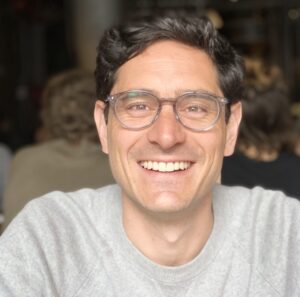
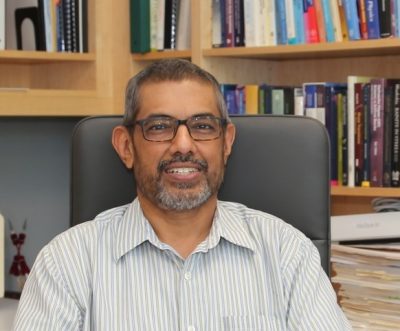 Abstract: The behavior of materials involve physics at multiple length and time scales: electronic, atomistic, domains, defects, etc. The engineering properties that we observe and exploit in application are a sum total of all these interactions. Multiscale modeling seeks to understand this complexity with a divide and conquer approach. It introduces an ordered hierarchy of scales, and postulates that the interaction is pairwise within this hierarchy. The coarser-scale controls the finer-scale and filters the details of the finer scale. Still, the practical implementation of this approach is computationally challenging. This talk introduces the notion of neural operators as controlled approximations of operators mapping one function space to another and explains how they can be used for multiscale modeling. They lead to extremely high-fidelity models that capture all the details of the small scale but can be directly implemented at the coarse scale in a computationally efficient manner. We demonstrate the ideas with examples drawn from first principles study of defects and crystal plasticity study of inelastic impact.
Abstract: The behavior of materials involve physics at multiple length and time scales: electronic, atomistic, domains, defects, etc. The engineering properties that we observe and exploit in application are a sum total of all these interactions. Multiscale modeling seeks to understand this complexity with a divide and conquer approach. It introduces an ordered hierarchy of scales, and postulates that the interaction is pairwise within this hierarchy. The coarser-scale controls the finer-scale and filters the details of the finer scale. Still, the practical implementation of this approach is computationally challenging. This talk introduces the notion of neural operators as controlled approximations of operators mapping one function space to another and explains how they can be used for multiscale modeling. They lead to extremely high-fidelity models that capture all the details of the small scale but can be directly implemented at the coarse scale in a computationally efficient manner. We demonstrate the ideas with examples drawn from first principles study of defects and crystal plasticity study of inelastic impact.
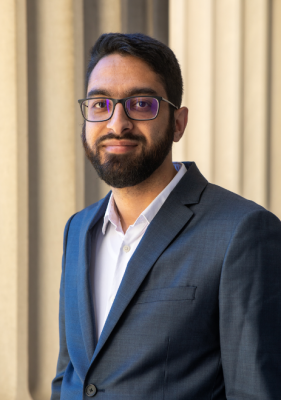
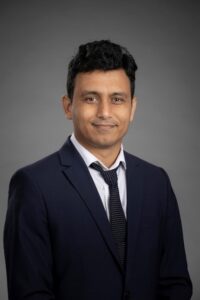
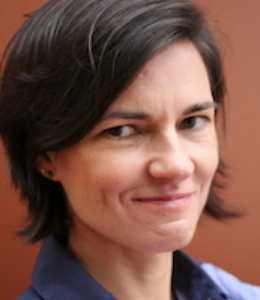

 Abstract: Accurate simulations of combustion and reacting fluid flows require complex, multi-step chemical kinetic models for describing the coupled chemical reactions. These models are often large and mathematically stiff, and contribute to the overall high computational expense of simulating practical phenomena relevant to energy, transportation, and aerospace applications. In this talk, I will introduce these issues, summarize the state-of-the-art in methods used to reduce computational costs, and describe some recent contributions from my group on adaptive preconditioning to accelerate implicit integration of stiff chemical kinetics. I will discuss how these developments, and others, are available in the open-source library Cantera. Finally, I will discuss how my group has extended strategies and methods from combustion modeling to other domains such as modeling of neutron transport and ocean biogeochemistry.
Abstract: Accurate simulations of combustion and reacting fluid flows require complex, multi-step chemical kinetic models for describing the coupled chemical reactions. These models are often large and mathematically stiff, and contribute to the overall high computational expense of simulating practical phenomena relevant to energy, transportation, and aerospace applications. In this talk, I will introduce these issues, summarize the state-of-the-art in methods used to reduce computational costs, and describe some recent contributions from my group on adaptive preconditioning to accelerate implicit integration of stiff chemical kinetics. I will discuss how these developments, and others, are available in the open-source library Cantera. Finally, I will discuss how my group has extended strategies and methods from combustion modeling to other domains such as modeling of neutron transport and ocean biogeochemistry.